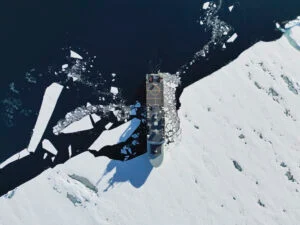
People & Culture
On thin ice: Who “owns” the Arctic?
As the climate heats up, so do talks over land ownership in the Arctic. What does Canadian Arctic Sovereignty look like as the ice melts?
- 4353 words
- 18 minutes
People & Culture

For the first time, the Arctic Inspiration Prize has awarded more than $3 million to seven projects across Canada’s North — going “above and beyond” in a 2020 filled with challenges.
“In a year that has brought many challenges, sacrifices and uncertainties, the AIP has really gone above and beyond to make dreams come true and support these incredible efforts by the North, and for the North projects,” says Hannah Uniuqsaraq, chair of the AIP Charitable Trust. “This investment will unlock so many more contributions from project partners from across the North and South who have already committed to supporting these important initiatives, bringing the total project value to over $5.6 million for these Laureates.”
Prizes were awarded to:
The Imaa, Like This project focuses on teaching Inuit children music, employing Inuit youth as music teachers and provides professional development opportunities for Nunavut educators on integrating traditional Inuktut music into their programs. This initiative was a runner up in 2019.
This project will develop a new model of social economy and food sovereignty, rooted in sustainable and innovative harvesting, guided by Inuit values. Supported by WWF-Canada, the tiny town of Taloyoak plans to create the Aviqtuuq Inuit Protected and Conserved Area, which will include 40,730 square kilometres of ocean, 4,413 square kilometres of freshwater, 20,532 kilometres of rivers and 45,039 square kilometres of land,to allow for both food sovereignty and safeguarding animal habitats.
Aiming to bridge the gap between educational and health care services, Tusaajuit will ensure community members have access to educational resources about hearing loss.
This initiative will reduce barriers to accessing healthy and culturally relevant foods by getting a long-unused slaughterhouse up and running again at a farm in central Yukon.
The team, which includes the Canadian Mountain Network, a collective that supports mountain regions and people who live in them, will train a generation of youth to design and deliver relevant research projects using Indigenous research methods and facilitate knowledge sharing between Indigenous and Western ways of knowing.
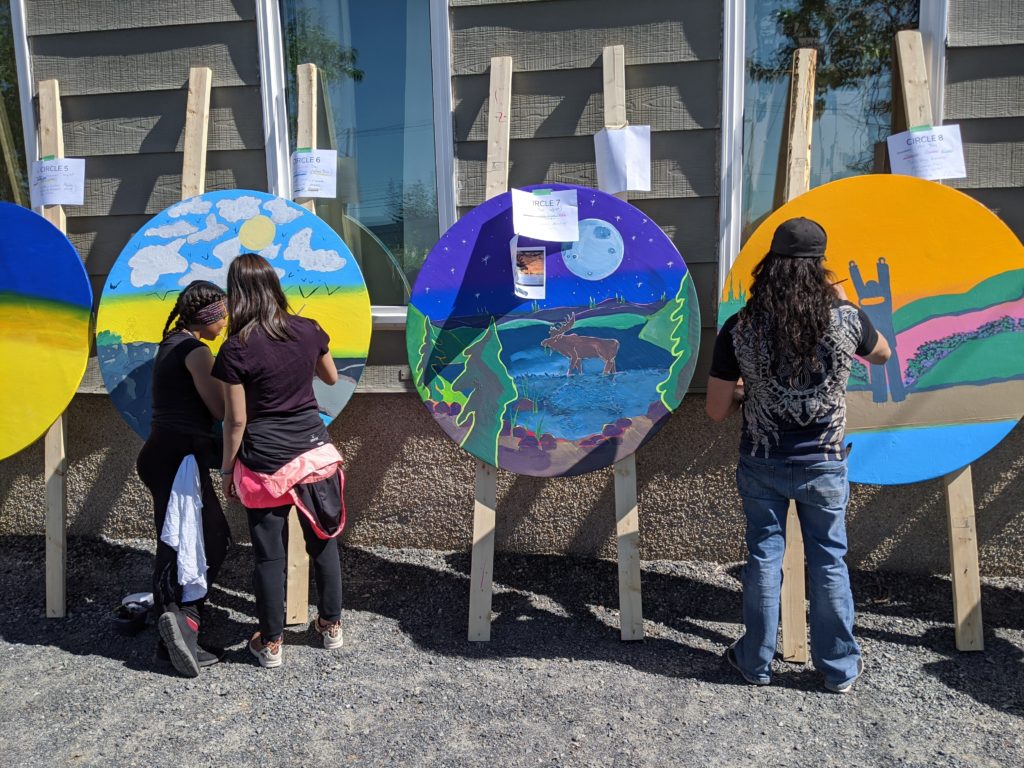
The N.W.T.’s Artspace initiative will offer arts programs in the evenings and on weekends, and daytime drop-in space for youth and individuals experiencing homelessness.
This group will create a network of allies and supporters of youth to provide programming in the N.W.T.’s Gwich’in Settlement Region and the western Arctic’s Inuvialuit Settlement Region.
Are you passionate about Canadian geography?
You can support Canadian Geographic in 3 ways:

People & Culture
As the climate heats up, so do talks over land ownership in the Arctic. What does Canadian Arctic Sovereignty look like as the ice melts?
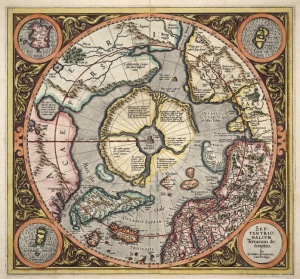
People & Culture
In this essay, noted geologist and geophysicist Fred Roots explores the significance of the symbolic point at the top of the world. He submitted it to Canadian Geographic just before his death in October 2016 at age 93.
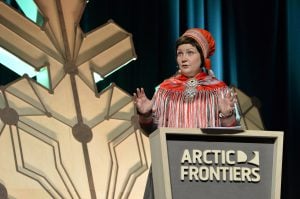
Environment
The uncertainty and change that's currently disrupting the region dominated the annual meeting's agenda
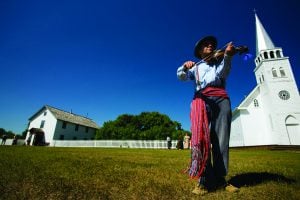
People & Culture
The story of how a critically endangered Indigenous language can be saved